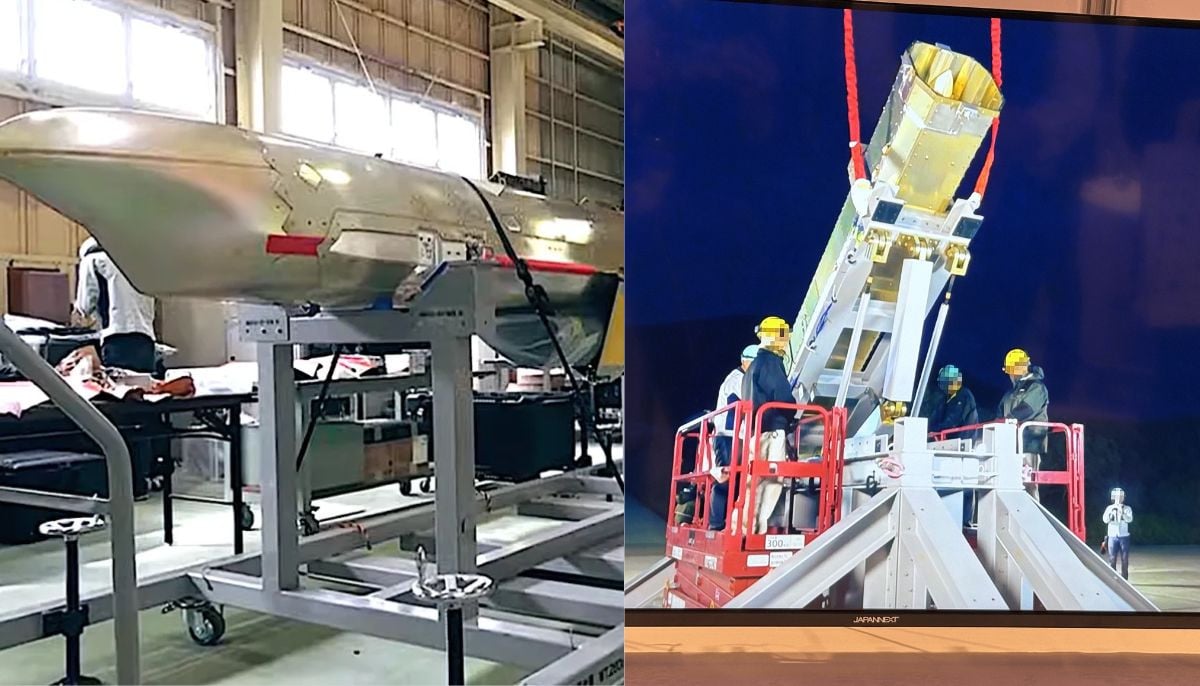Building human towers in Spain reflect centuries old tradition
The origins of this Catalan tradition of building human towers dates back to the 18th century. It was originated in the small town of Valls, near the city of Tarragona in Catalonia, an autonomous community of Spain with its own distinct language and culture. The individual groups (colles) started to compete in sporting events. Thus, not only the building itself was invented, but also the competition.
BARCELONA: Recently young people in Catalonia participated in a competition of building human towers to maintain their centuries old cultural tradition.
Human towers or Castells (the Catalan word for ‘castle’) are a traditional activity of the people in Catalan. A human tower is built upon a delicate weight distribution arrangement in which one hundred castellers push against each other to form the base or Pinya to cushion a fall.
It is carried out every year to uphold the tradition and culture of the Catalans.
The origins of this Catalan tradition of building human towers dates back to the 18th century. It was originated in the small town of Valls, near the city of Tarragona in Catalonia, an autonomous community of Spain with its own distinct language and culture. The individual groups (colles) started to compete in sporting events. Thus, not only the building itself was invented, but also the competition.
Castellers motto ‘Strength, balance, courage and wisdom’ is what encapsulates their ability and energy to form such a strong human tower. They believe it’s a collective effort in which every single person involved is special.
“The idea of the tower standing still or breaking down and the uncertainty involved in the whole process is what makes it stand out.” Caue, a casteller with eight years of experience, explained.
What started as a circus gig by the proletariat in 1902 in order to earn money has now become an activity of the bourgeoisie to show power and strength in Spain.
-
UK inflation unexpectedly rises to 3.4% in December, the first increase in five months
-
Trump vows ‘no going back’ on Greenland ahead of Davos visit
-
Japan’s ex-PM Shinzo Abe’s killer is set to be sentenced: How much punishment could he face?
-
Therapist killed in office as former client launches knife attack
-
North Carolina woman accused of serving victims with poisoned drinks
-
'Greenland will stay Greenland', former Trump adviser hints at new twist
-
Stranger knocks, then opens fire on Indiana judge and wife
-
Japan unveils anti-ship missile with ‘barrel-roll’ evasion to outsmart defenses











